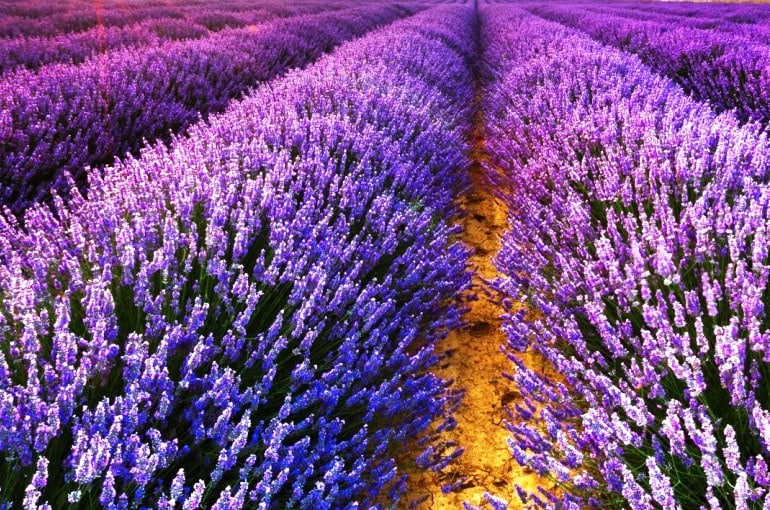Lavender Fertilizer Requirements

This post is also available in:
This post is also available in:
![]() Español (Spanish)
Español (Spanish) ![]() Français (French)
Français (French) ![]() Deutsch (German)
Deutsch (German) ![]() Nederlands (Dutch)
Nederlands (Dutch) ![]() हिन्दी (Hindi)
हिन्दी (Hindi) ![]() العربية (Arabic)
العربية (Arabic) ![]() Türkçe (Turkish)
Türkçe (Turkish) ![]() 简体中文 (Chinese (Simplified))
简体中文 (Chinese (Simplified)) ![]() Italiano (Italian)
Italiano (Italian) ![]() Ελληνικά (Greek)
Ελληνικά (Greek) ![]() Português (Portuguese (Brazil))
Português (Portuguese (Brazil))
How to fertilize Lavender Plants
Lavender is famous for growing in non-fertile soils that are unsuitable for most other crops. According to old farmers, lavender is one of a few crops that do not need any fertilizer. However, growing commercially lavender in today’s competitive landscape requires certain steps towards monitoring, improving and enriching soil nutrients, so that our plants can give high yields for over 15 years. As it happens in every other crop, there can’t be any universal fertilization practice, because every field is different and has different needs. Performing soil analysis once a year is extremely important in order to diagnose nutrient deficiencies and take corrective actions, under the guidance of a licensed agronomist.
Lavender plant generally needs more Nitrogen than Phosphorus and Potassium, in order to thrive and give high yields for many years. In most cases, the plant responds greatly to Nitrogen supply. However, supplying excessive quantities of Nitrogen will have a negative effect in the quality of essential oil, while it will favor the development of weeds.
A common fertilizer scheme applied by many conventional farmers involves adding 700 lbs. (318 kg) of N-P-K 20-10-10 per hectare every year (1 hectare = 2,47 acres = 10.000 square meters). Normally, this quantity is often split in 2 or 3 applications, with the first starting immediately after harvesting or pruning.
Organic lavender growers often add 8-10 tons of well-rotted manure per hectare and plow well before they transplant the young plants. Then, every 2-3 years, they add 5-6 tons of manure per hectare, most often during the autumn. They cultivate carefully so that they will not hurt the roots and irrigate well after every manure application, if there are no autumn rainfalls. Slow release organic fertilizers are also commonly used.
However, these are just common patterns that should not be followed without making your own research. Every field is different and has different needs. Your lavender plants may or may not give higher yields in essential oil or floral stems after the application of fertilizers. You can seek advice from a licensed agronomist after conducting a soil analysis.
You can enrich this article by leaving a comment or photo of your lavender farm fertilization techniques and methods.
1.) Lavender Plant Information
2.) How to grow Lavender at home
3.) Growing Lavender for Profit
4.) Lavender Growing Conditions
5.) Sowing Lavender – Seeding Rate – Number of Lavender Plants per Hectare
6.) Lavender Water Requirements
7.) Lavender Fertilizer Requirements
11.) Lavender Essential Oil Yield
Do you have experience in Lavender cultivation? Please share your experience, methods and practices in the comments below. All the content you add will be soon reviewed by our agronomists. Once approved, it will be added to Wikifarmer.com and it will influence positively thousands of new and experienced farmers across the world.








































































